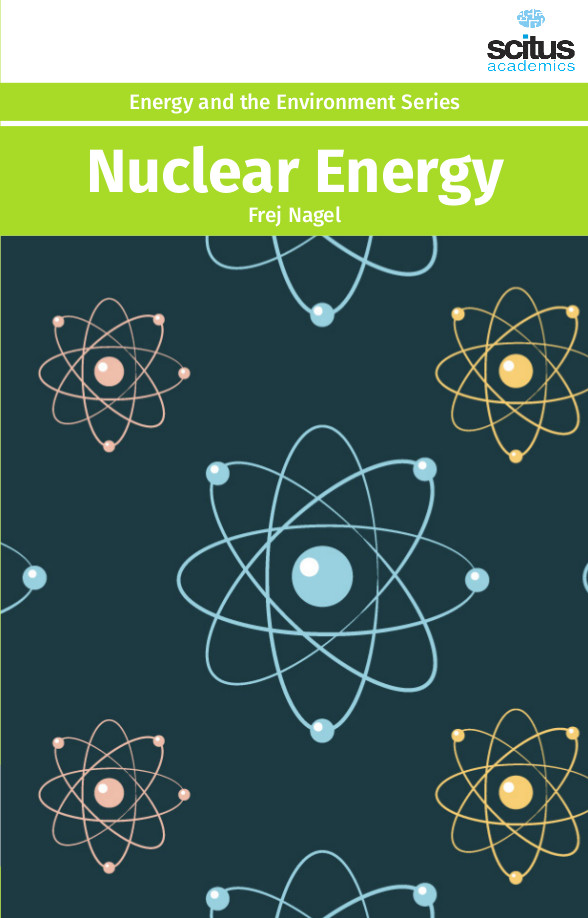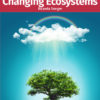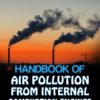Nuclear energy is attracting revived interest as a potential alternate for electric power generation in the event of increased concerns about global warming. Nuclear energy has one of the lowest impacts on the environment of any energy source since it does not discharge air pollution, isolates its waste from the environment and need a relatively small amount of land. Nuclear energy stations do not produce air pollutants or greenhouse gases when they generate electricity. Today’s nuclear reactors are safe and highly efficient energy systems that provide electricity and a multitude of co-generation energy products ranging from potable water to heat for industrial applications. However, terrible earthquake and tsunami events in Japan resulted in the nuclear accident that obligatory us to rethink our approach to nuclear safety, design requirements and facilitated growing interests in advanced nuclear energy systems, next generation nuclear reactors, which are essentially capable to withstand natural disasters and avoid catastrophic consequences without any environmental impact. Nuclear power has been called a clean source of energy because the power plants do not release carbon dioxide. While this is true, it is unreliable. Nuclear power plants may not emit carbon dioxide during operation, but high amounts of carbon dioxide are emitted in activities related to building and running the plants. Nuclear power plants use uranium as fuel. The process of mining uranium releases high amounts of carbon dioxide into the environment. Carbon dioxide is also released into the environment when new nuclear power plants are built. Finally, the transport of radioactive waste also causes carbon dioxide emissions. Nuclear power plants constantly emit low levels of radiation into the environment. There is a differing of opinion among scientists over the effects caused by constant low levels of radiation. Various scientific studies have shown an increased rate of cancer among people who live near nuclear power plants. Radioactive waste is a huge concern. Waste from nuclear power plants can remain active for hundreds of thousands of years. Currently, much of the radioactive waste from nuclear power plants has been stored at the power plant.
The aim of this volume, ‘Nuclear Energy’ is to bring nuclear power to our readers as one of the promising energy sources that has a inimitable prospective to meet energy demands with minimized environmental impact, near-zero carbon trace, and competitive economics through vigorous prospective applications. This book intends to provide useful information for scientists and those in technical fields in several areas in nuclear power plants including: nuclear systems protection, design and modeling of critical parameters in nuclear power plants, nuclear waste management and safety and reliability assessment.













